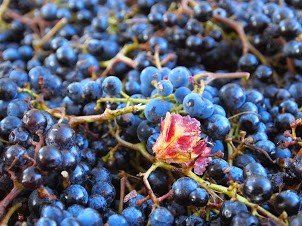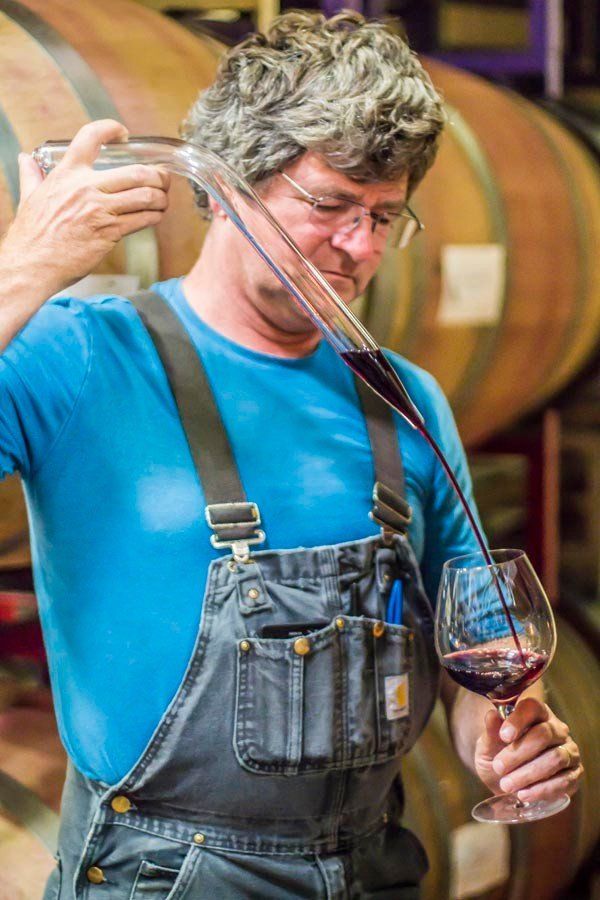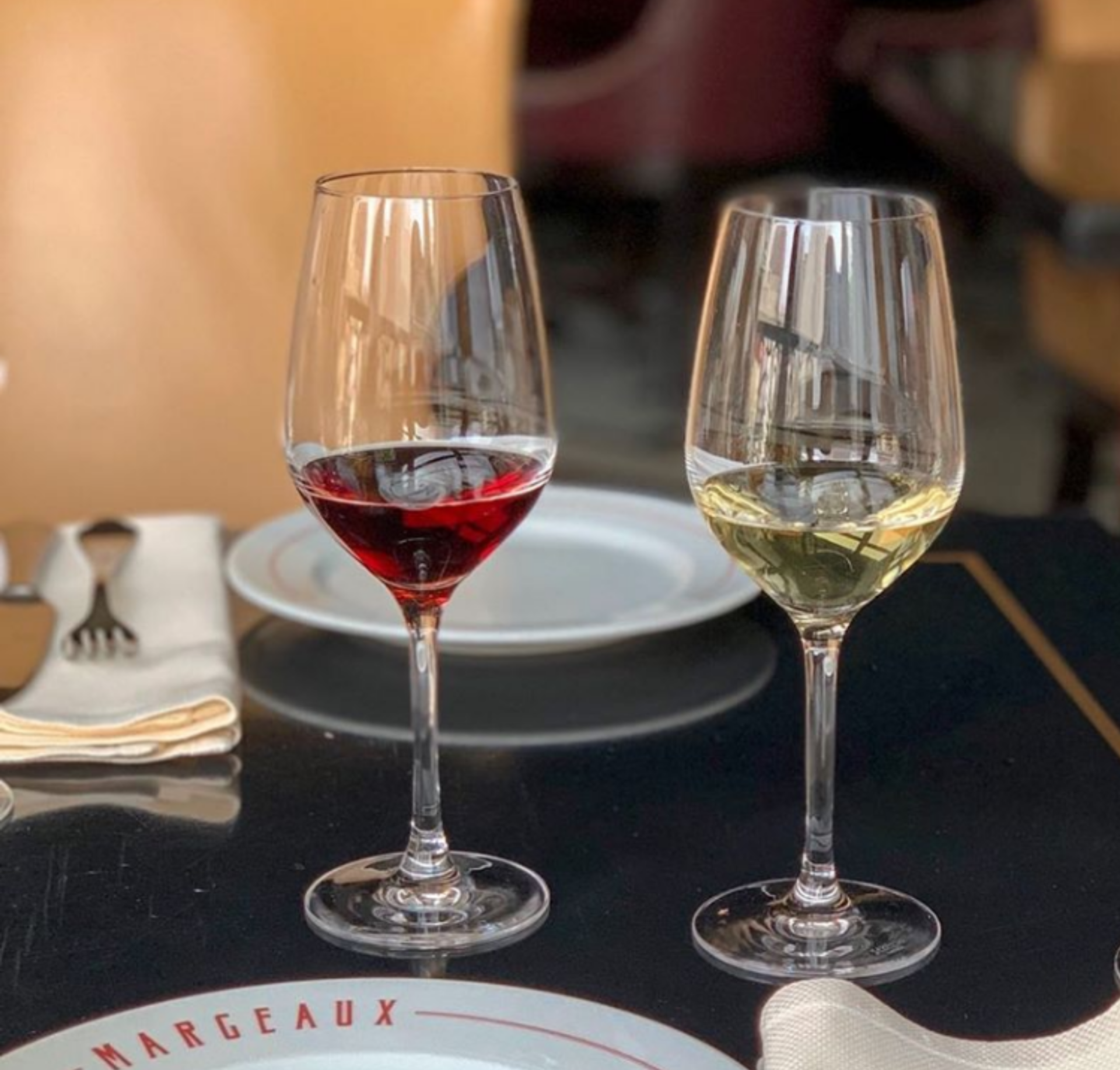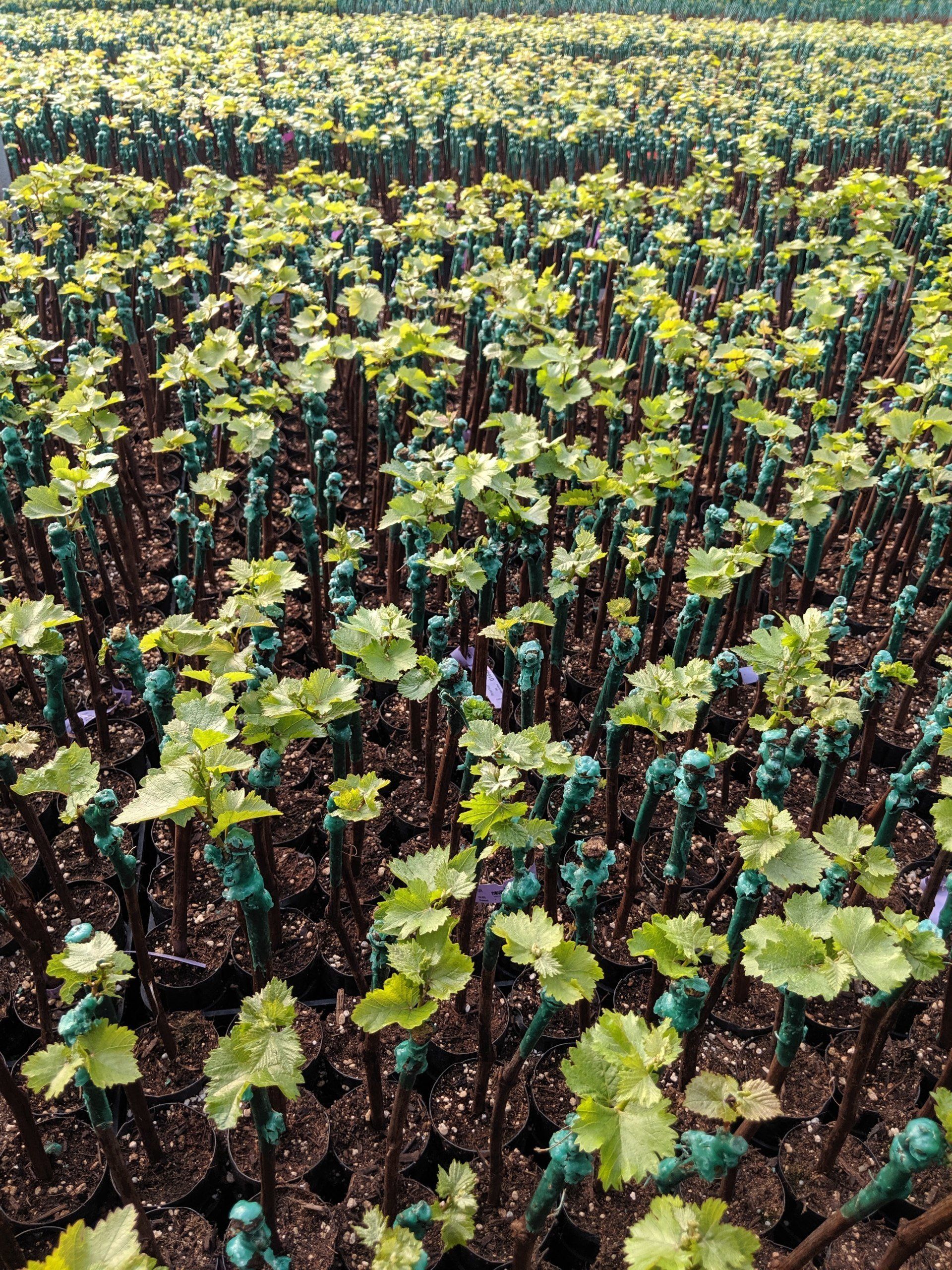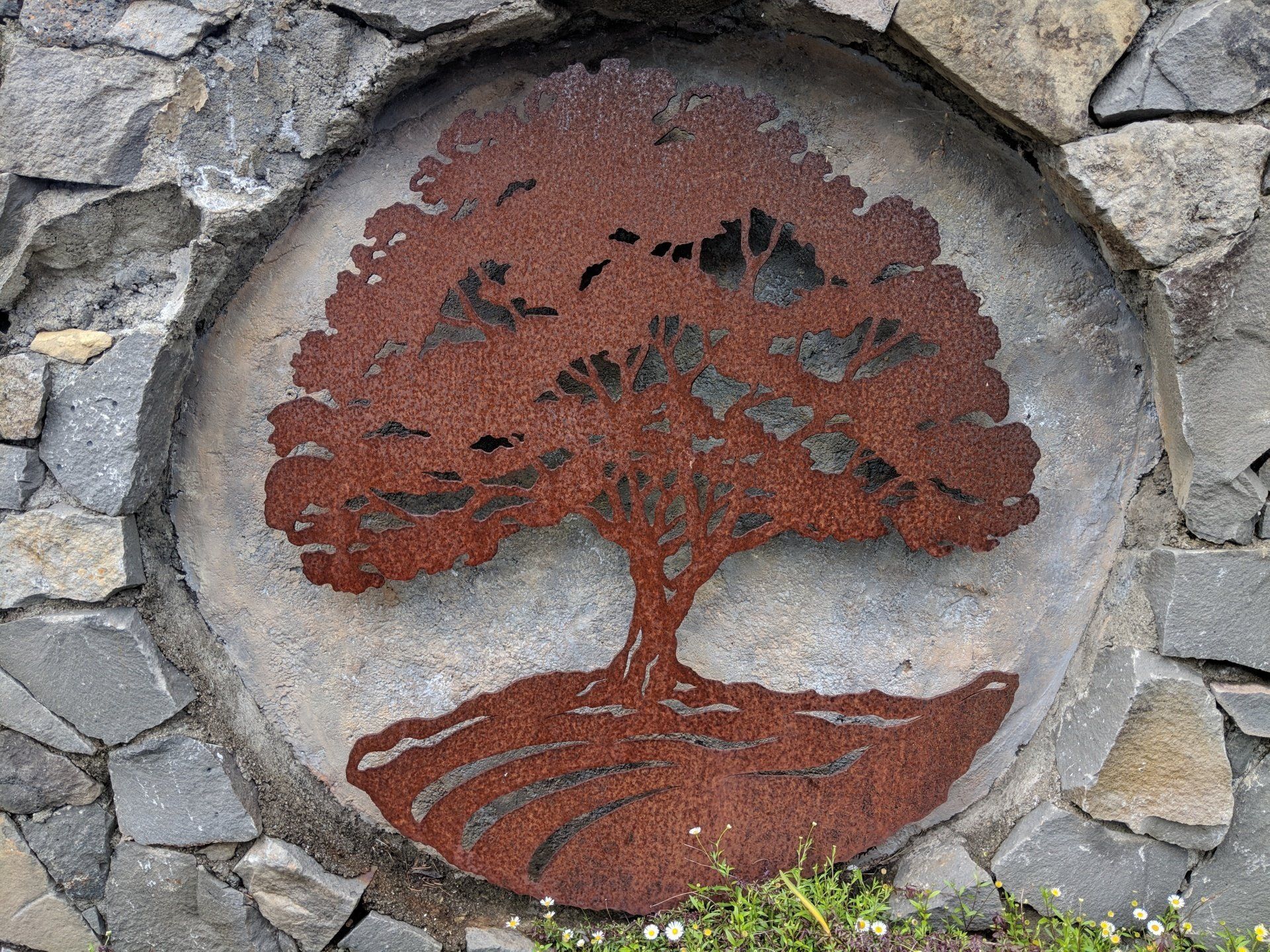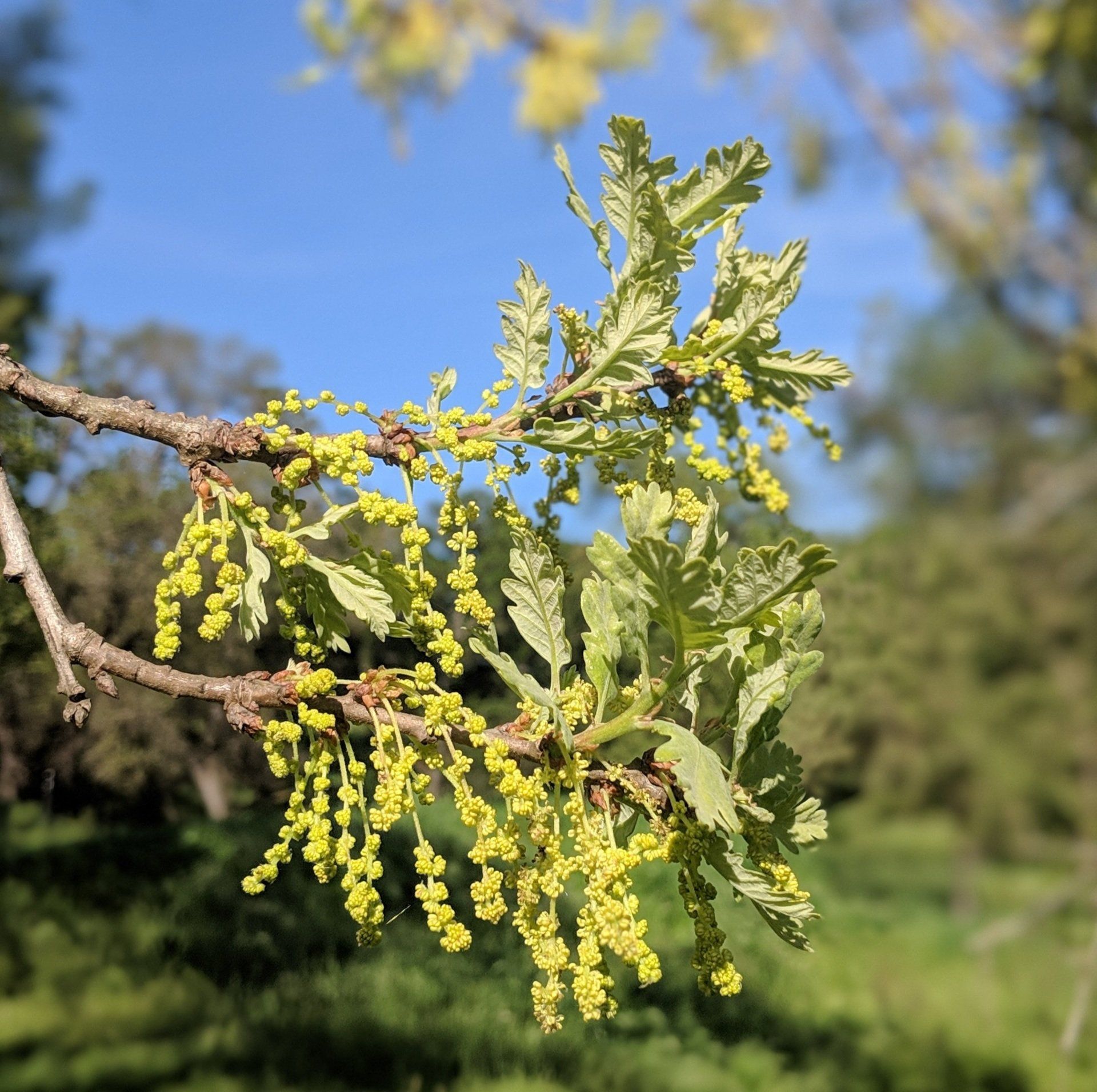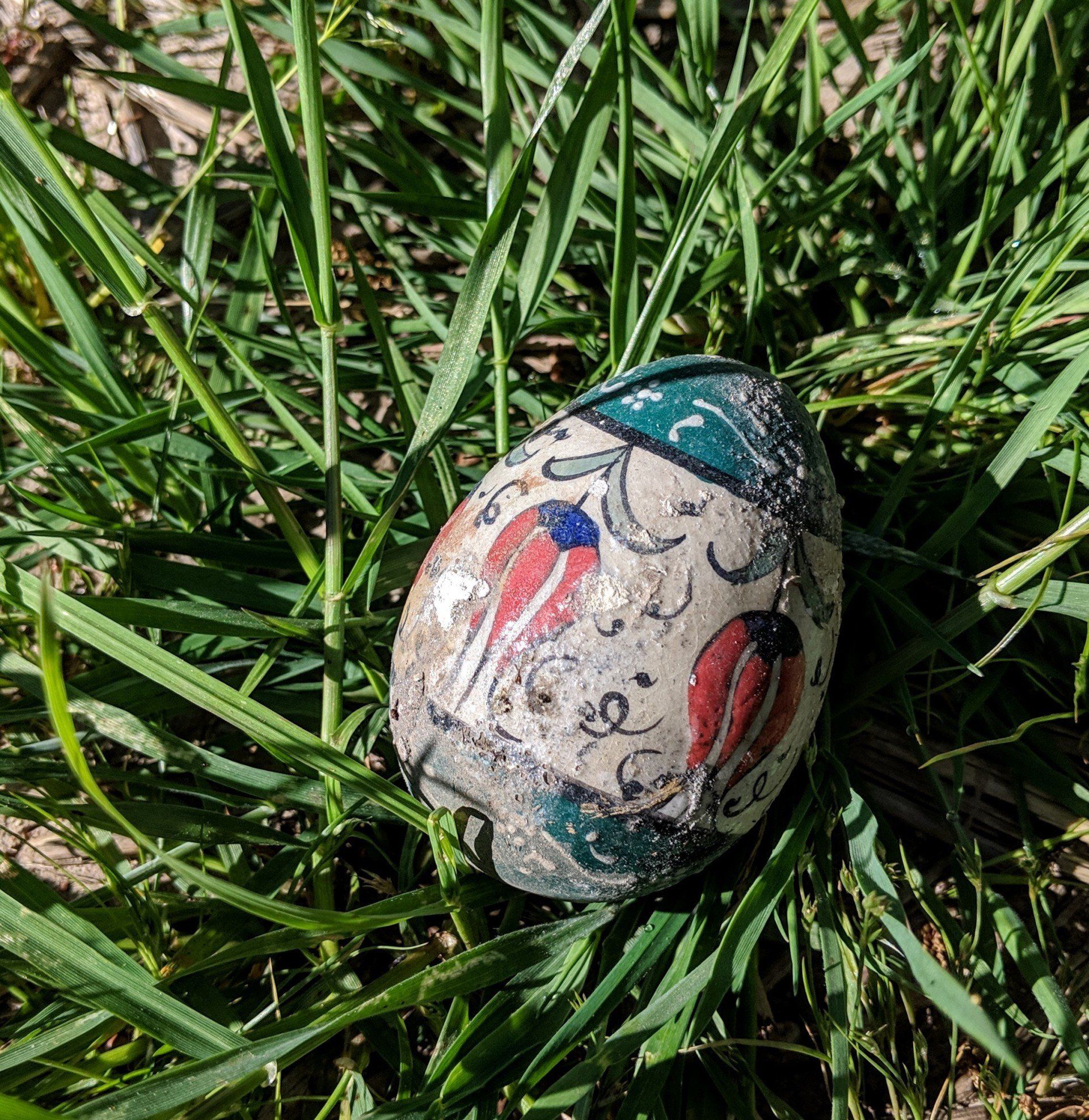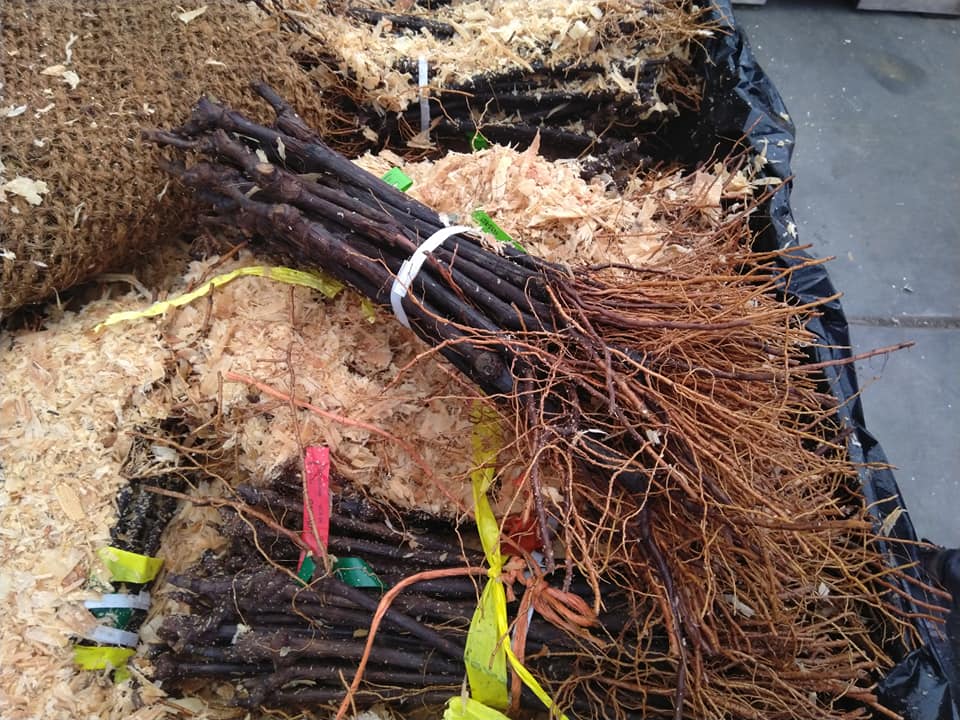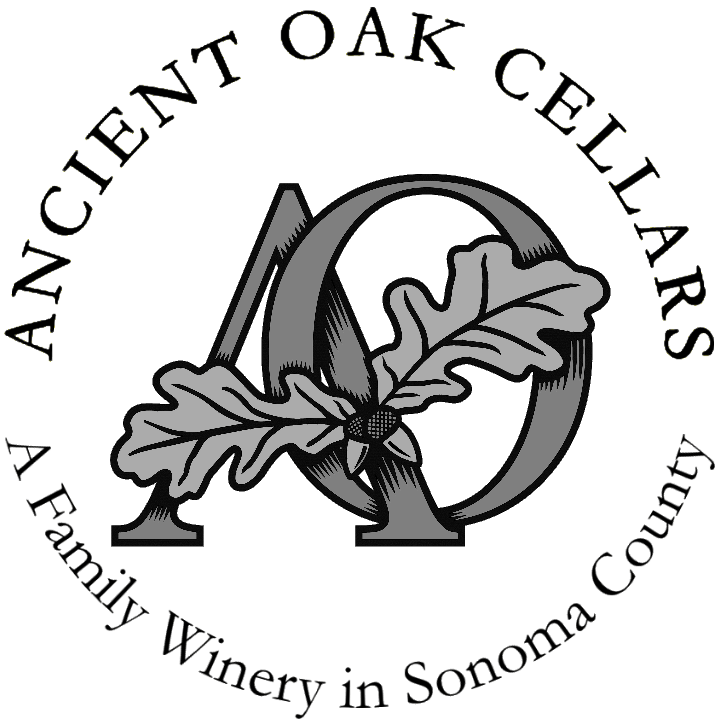Sur Lies Aging with Greg La Follette
- By mjms47
- •
- 02 Nov, 2016
- •
It’s said that the early actors in Ancient Greece rubbed wine lees on their faces in the first form of stage makeup. Much as we embrace wine names based on poets of antiquity, this use of lees hasn’t caught on here at Ancient Oak Cellars. However, if you have seen our recent release of a […]

It’s said that the early actors in Ancient Greece rubbed wine lees on their faces in the first form of stage makeup. Much as we embrace wine names based on poets of antiquity, this use of lees hasn’t caught on here at Ancient Oak Cellars.
However, if you have seen our recent release of a 2014 Chardonnay from the famed Kent Ritchie vineyard (or have heard about our forthcoming spring release of 2015 Chardonnays from the Nurmi and Flyway vineyards), you may have noticed references to a technique called
sur lies
aging. If you haven’t heard about any of these, that probably means you haven’t joined our wine club…yet.
Sur lies
is French for “on the lees.” In case you’ve been wondering this whole time what lees are and why they’re better used to affect a wine than as rudimentary blush, I will tell you that lees are the inactivated yeast cells and other particles that settle to the bottom of a barrel. In case you’re still not convinced that they are any good for either purpose, listen to what our winemaker, Greg La Follette, has to say about the technique:
How long have you been using sur lies aging?
My entire career (since the 1980s), first exposed to it from Dick Graff, founder of Chalone.
What wines do you use it with?
Mostly Chardonnay, but we also do some lees contact with reds, mostly Pinot noir.
What do you see as the advantages of it?
Better richness and texture, more integration, and both heat and cold stability without having to freeze tanks or use fining agents.
Are there any risks or challenges?
Lots! you can get stinky wines, secondary wine microbe infections, cloudy wines that will need filtration if you are not careful, and hardness or other off-mouthfeel components if you are not monitoring the lees properly and racking them off at the wrong times (either too early or too late).
What does
sur lies
aging produce that you want to have?
Mouthfeel – integration and harmony are important, but also less reliance on sheer fruitiness and more complexity.
Do you stir the lees during aging? If so, how often and why?
Some lees get stirred, some don’t. One has to assess the lees on a regular basis to figure out whether to stir or not. The wine will tell you if you take the time to listen.
Do you taste the lees during aging? Why?
Yes, exactly – that is the only way monitor them, using a lees thief that goes to the bottom of the barrel.
How long do you age on the lees? When/how do you decide the wine has had enough?
This is what I call job security. Experience is the best teacher and every vineyard, every vintage is different. I’m always learning. It is usually the wine that tells me when to rack, which means I just have to listen and understand. It is the understanding that takes time…
Anything else you want to add?
Yes, thanks for asking these great questions and getting them out there to folks who really love wine and care about its making!
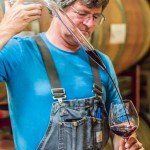
Ancient Oak Cellars, and Jon McDaniel with Second City Soil, gathered 60+ of the top sommeliers from around the country to taste four wines that Ancient Oak had sent to each -- and to enter into a discussion of the wines, farming and winemaking philosophies, and a wide-range of other related topics. We had a blast!
Re-live your experience, or take it in for the first time. Then be in touch to continue the discussions. Cheers!

